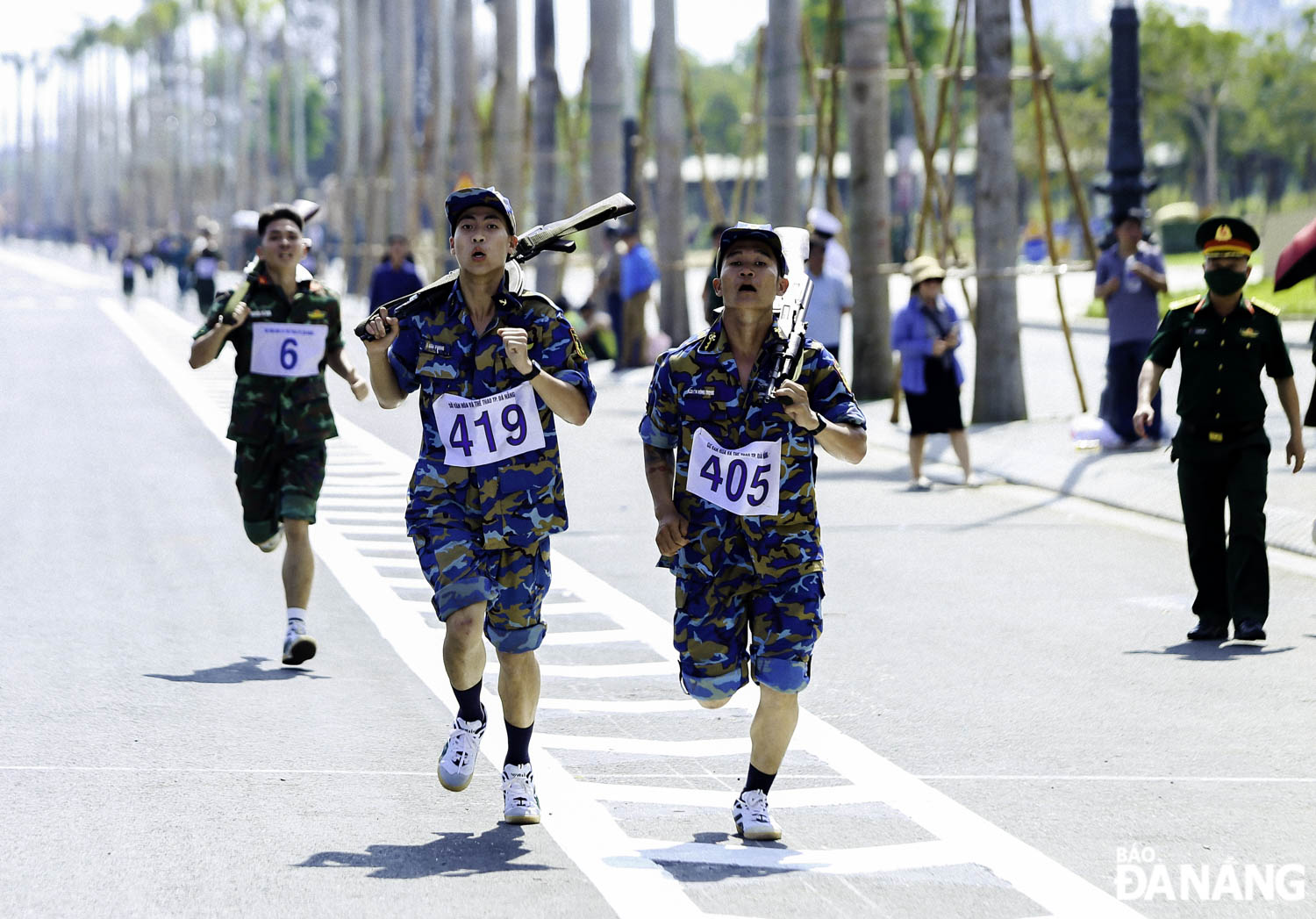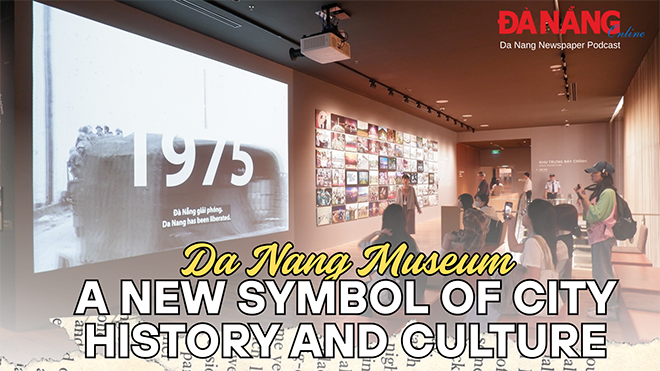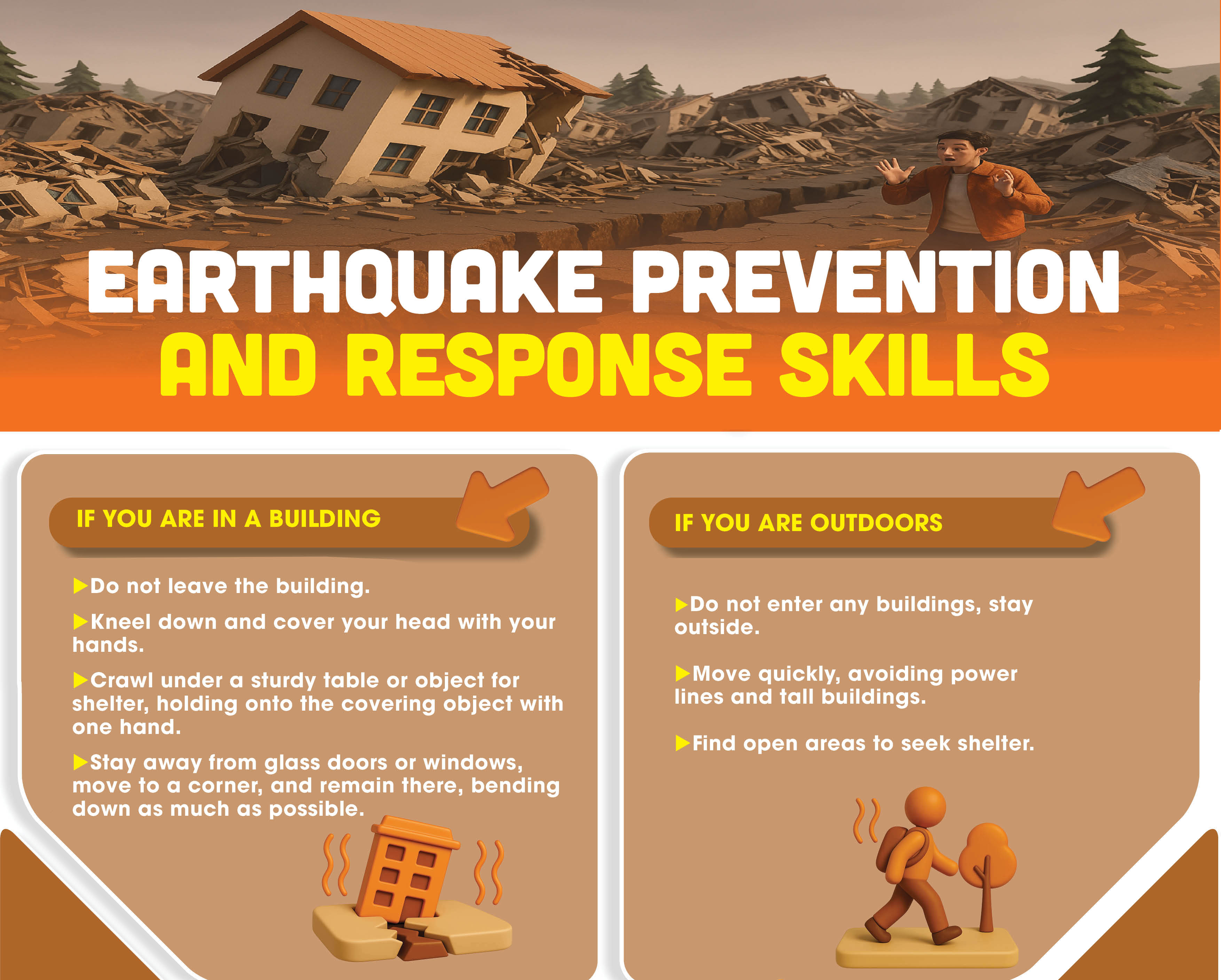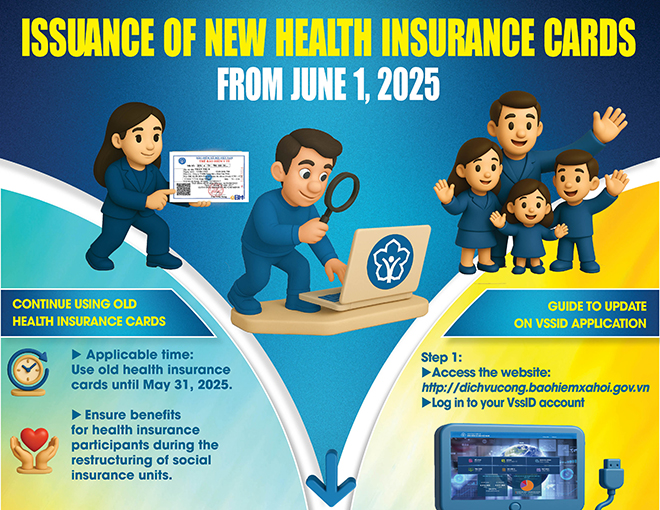Traffic at intersections with traffic lights
For anyone navigating Da Nang’s roads daily, encountering intersections with or without traffic lights is a common experience. As a tourism hub, Da Nang prioritises tourism development, recognising that, among many factors, traffic infrastructure plays a significant role in attracting visitors.
In recent years, intersections across Da Nang have been developed, including those along Nguyen Huu Tho Street, the Ngo Quyen - Ngu Hanh Son - Le Van Hien route, and roads leading to Da Nang International Airport, such as Dien Bien Phu, Nguyen Tri Phuong, Nguyen Van Thoai - Tran Thi Ly Bridge, and Nguyen Van Linh.
Traffic lights at these intersections generally function effectively and consistently. Key intersections, such as those at the ends of the Dragon Bridge and the Han River Bridge, as well as different-level crossings like the underpass, flyover at Tran Thi Ly Bridge, Hue T-junction, and Dien Bien Phu, all contribute significantly to reducing traffic congestion.
It’s hard to imagine the scenario if traffic lights were absent from busy streets. Decades ago, the importance of traffic lights was not as evident, primarily because both the population and number of vehicles were lower than today. Da Nang’s growth in population, vehicles, and external trade, along with its role as a regional growth driver and a popular tourist destination, has led to an influx of vehicles from outside the city, particularly during tourist seasons.
The benefits of adding new intersections are clear; for instance, two newly developed intersections on Ngo Quyen Street (connecting Do Ba - Duong Khue in Ngu Hanh Son District and Le Huu Trac - Vu Van Dung in Son Tra District) have facilitated smoother traffic flow, with some humorously suggesting they bring the river and sea closer between Son Tra and Ngu Hanh Son.
New intersections provide alternative route choices, allowing traffic density to spread out, thus reducing congestion. Additionally, traffic lights at these intersections are highly effective. Aside from a minority who disregard traffic rules, running red lights and creating risks, the familiar “green and red lights” at intersections provide drivers with confidence and enhance traffic management, promoting an orderly and safer city, in line with Da Nang - ‘City of 4 Safe Programmes’ initiative.
Most intersections in Da Nang, particularly those with heavy traffic, are equipped with efficient traffic light systems.
However, compliance with traffic lights is paramount; while in the past, red lights typically lasted around 30-45 seconds, nowadays, they can extend to 60, 80, or even 100 seconds at some intersections, such as Ngo Quyen - Nguyen Van Thoai.
Longer red-light intervals accommodate the increasing volume and variety of vehicles, including heavy trucks, with designated green lights for left turns, which are high-risk manoeuvres. With this arrangement, drivers feel more secure; thus, the extended wait at red lights is generally tolerated.
However, the safety of all road users hinges on everyone obeying the traffic lights. Currently, there is no stringent penalty for motorcyclists who run red lights. Many drivers bypass the red light if the street is clear or police are not present.
The longer wait times at major intersections, from 60-70 to nearly 100 seconds, can lead to impatience in some motorcyclists, who run the light without regard for its colour if the road appears empty.
Some drivers seem to ignore the purpose of the yellow light, treating it as merely an extension of the green light. They proceed without slowing, and only the red light compels them to stop.
Therefore, relevant authorities should conduct thorough assessments to identify the need for traffic lights at additional intersections. Once installed, these lights should operate reliably in all colours to ensure maximum safety.
Reporting by DAN HUNG - Translating by TRUC VY








